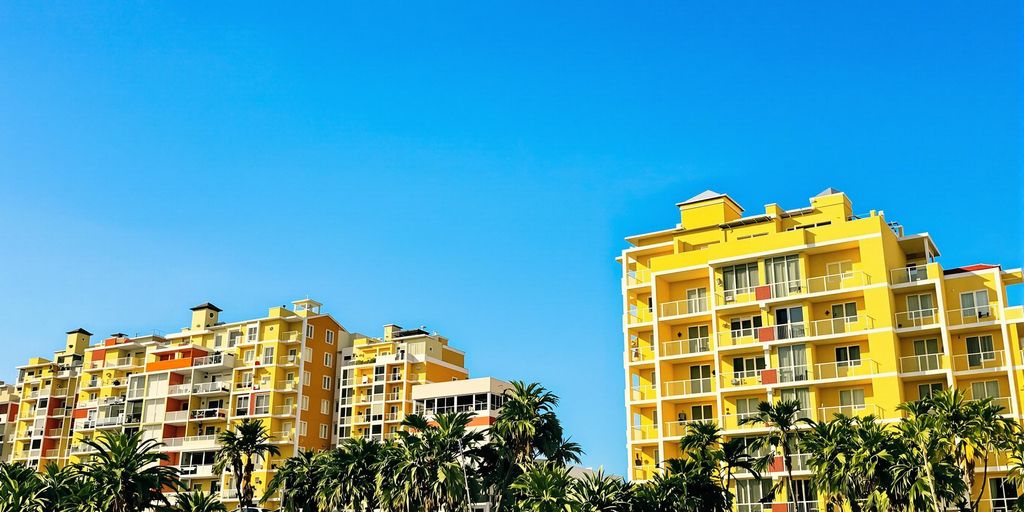Florida’s rental market is experiencing significant fluctuations, with prices heavily influenced by seasonal demand. From the influx of "snowbirds" during the winter months to the summer slowdown, renters and property owners alike must navigate these predictable yet impactful shifts to optimize their housing strategies and financial outcomes.
Winter Rent Surge Driven by Snowbirds
Florida’s rental market sees its most substantial price increases during the winter months, typically from November through April. This surge is primarily driven by "snowbirds" – individuals escaping colder climates from the north, including popular states like New York and Michigan, as well as Canada. These seasonal residents, along with a general increase in tourism, significantly boost demand for both short-term vacation rentals and longer-term leases. Rental prices in popular beachside locations such as Miami, Naples, Sarasota, and Fort Lauderdale can climb by 20% to 50% compared to off-peak periods. Properties situated near beaches or golf courses are particularly susceptible to these winter price hikes.
Summer Slump and Off-Season Opportunities
Conversely, the summer months, from June to November, represent Florida’s off-season for rentals. The peak heat and humidity, coupled with the heightened risk of hurricanes, deter many tourists who prefer milder weather. As a result, demand for rentals tapers off, leading landlords to lower prices and offer incentives like free months of rent or reduced security deposits to attract tenants and fill vacant properties. However, major metropolitan areas like Miami and Orlando often maintain a more consistent demand due to year-round job opportunities, leading to relatively steadier rental prices even during the summer slowdown.
Transitional Seasons and College Town Dynamics
Spring and autumn serve as transitional periods in Florida’s rental market. In spring (April-May), rental prices begin to dip as snowbirds depart, though demand can remain steady with students and families relocating for the summer. Fall (September-October) sees a gradual increase in rental prices as property owners anticipate the upcoming winter season. College towns, such as Gainesville and Tallahassee, exhibit unique rental cycles. Rent prices typically peak in late summer (July-August) as students return for the fall semester. Demand experiences a slight dip during the winter break but picks up again in late January. Summer also sees a temporary reduction in demand as students leave for internships or head home.
Key Takeaways for Renters and Landlords
- For Renters: Timing is crucial. Summer offers the best opportunities for long-term renters to secure lower prices and negotiate terms. For short-term rentals during peak season, booking well in advance is recommended to avoid inflated prices.
- For Landlords: Adjusting pricing strategies to align with seasonal demand can significantly impact revenue. Maximizing prices during the winter peak and offering concessions during the summer slump can lead to greater profitability.
- Impact on Short-Term Rentals: Vacation rentals and platforms like Airbnb experience the most extreme seasonal price fluctuations, with prices potentially doubling or tripling during peak tourist seasons like winter holidays and spring break.
- Insurance Considerations: Given the higher rental costs during peak season, renters may consider renters insurance for added peace of mind against theft, damage, or unexpected events.
Sources
- How Seasonal Demand Affects Rent Prices in Florida, Sarasota Magazine.
- How Seasonal Demand Affects Florida Rent Prices, | Florida Realtors.


